Torii Kiyonobu (active 1698 - 1729) was a founder of the Torii painter school and Ukiyo-e printmaker, often in large formats such as theatre signboards. As a child, Kiyonobu grew up in Osaka, leaving in 1688 to work in Edo.[1] As an artists, he was heavily influenced by the influential Ukiyo-e artist Hishikawa Moronobu (active 1672-1694) and leading provincial E-maki illustrator Yoshida Hanbei (active 1664-1692). Torii's father Kiyomoto was an established Osaka Kabuki actor and with Kiyomoto, Kiyonobu began the Torii school of painting, otherwise known as a precursor to Ukiyo-e.[1][2]
A period of Dramatic Change
Kabuki has a very special link to Ukiyo-e, as it was the popular theatrical entertainment for the masses during the 17th and 18th century in one form or another. Originally, Kabuki was a dance-drama style of popular entertainment created by the shrine maiden Izumo no Okuni (出雲阿国 | 1578-1613) around the time that Ieyasu came to power. From 1603-1629, women played many roles, but after this were routinely banned for their sauciness. Instead the Bakufu decided to have all actor troupes, creating a new headache for themselves instead: Wakashu: Beautiful Youths. Often male, these young Kabuki actors inspired many models of the Bijin-ga we know today, and certainly would have inspired the worldly pleasures which the Ukiyo-e Heimin described as Bijin-ga.[3] Asobi, Toransujendā and Suijin alike flocked to see them in all their naped (when the nape is naked) glory.
I use naped because this truly was a unique occurrence where all the people performing were getting it all out on display for the public. Kabuki in this way was where you went to see the latest Beauties, wearing the latest trends, and being provocative in a time of rapid upheaval of society as the country flocked into the new Edo capital of the Tokugawa, today known as Tokyo. Like the youthquake after WWII in Britain, the century long wars of the Sengoku Jidai had made people wary of conservative living and ideals and had begun to become more lax in their ending of Samsara, instead craving a more sexual, fashionable and youthful world of worldly pleasures. Napes and wrists were everywhere, and their audience members comprised of this mobile new class of the early Chonin.[4]
So Kanei women and the later Wakashu certainly were the proto-Bijin model. By the Jokyo era, Kabuki was probably the most popular Heimin entertainment, the Anime of its day really. Torii was born into the world of Kabuki, as the son of a known Kabuki actor. In 1688 Kiyonobu moved with his father to Edo and by the 1690s, he had begun his artistic career.[1] The pair both designed signboards which often used large calligraphic style writing, which required massive brushes to create the strokes wide enough to support the styles wide brushstrokes which seems to have become a staple in the lineart of Kiyonobu. Otherwise the man is rather boring to say he lived and worked during the Genroku era.
This dramatic artform employed Kiyonobu to make its billboards and promotional pamphlets depicting actors and troupes, thus feeding the Torii school into the masses as an art style. Many of which were recieved favourably as one of Bijin-ga actors which Kiyonobu eventually also branched out into as we can see below. His style over the years as solid Beni dyes became more available on the market also began to feature more solid reds, yellows and greens with typically conventional flat perspective of Ukiyo-e.[5]
Beauty in a Black Kimono (1710-1720, PD) Torii Kiyonobu I
Wakashu Dancer (c.1661-1694, PD) Hishikawa Moronobu
Shikomi-E (1661-1673) Anonymous
Kambun Beauty Silhouette (c1661-1699, PD) Anonymous
Dancer No.1 (c.1630-1670, PD) Suntory Museum of Art
Copy of the Hikone Screen (c1624-1639) Anonymous
Outdoor Amusement (c.1615, PD) Hasegawa Touhaku, Suntory Museum
O-Kuni performing Kabuki Byobu (c.1603-1613) Hasegawa, Kyoto National Museum
The Sidetracked Silhouette
I would like to sort of go down the line here of how we came to the S-shape silhouette first as well, as it intersects rather nicely with Kiyonobu's background in Kabuki and dance in Edo Japan. As we can see, Okuni clearly here is performing her licentious dancing during the early 17th century. This by the time of Outdoor Amusement depicts a conservative image of dancing, performed in Genna which would have been performed with the aid of a fan, which movements for such often required joints like the neck to be extended to show off the fan to the audience (sorry for the grain, blame copyright law I suppose). I hypothesise that it seems that at some point between 1604 and 1624, the S-shape silhouette began to become a frequent favourite of Kabuki actors which is where the silhoutte originates, something I previously was unaware of at the time I researched my first Bijin post.
This hypothesis is evident in The Hikone screen figure which shows us the definitively S-style silhouette coveted by the Kambun Master, which is popularly held to have been a silhouette performed by the Yuujo, but appears slyly on other wealthy peoples Byobu. Whether this was the work of the Machi-Eshi town painters or not is a mystery, but is plausible. It would certainly clear explain why an otherwise expensive painting of a courtesan exists, as these screens often were seen as far too luxurious to be made simply for worldly desires, and thus relegated to the Flower and Bird or depictions of Yamato-E and Buddhist retellings. Thus, a leading Chonin asking for a proto-Ukiyo Byobu from a Machi-Eshu or two rather unheeding-of-scripture noblepeople of the 1630s may be responsible.
In the 1630s, the Japanese beauty standard was already a mixed bag, drawing from the Kano school impressions of foreigners (including Chinese, Portuguese, English etc) of the 1620s which depicted foreigners to sate Japanese curiosity about the wider world. Other Tosa school Yamato-E figures found in Fuzokuga genre paintings were used to depict the otherworldly Buddhist icons venerated as Japanese, and were depicted as never looking at the viewer to remind you they belonged to the world of the Pure Land plane. Only foreigners, Heimin and other plebians until the 1630s that is, would dare to glance back directly at their viewers.
These however were changing times, with the rise of the Chonin after the Tokugawa rose to power. And between 1620-1655, 'merchants like Kawamura Zuiken (1614-1700) who began as a cart-peddlar, and whose quick thinking after the 1657 great fire of Edo in buying local timber made him rich overnight' becoming the art patrons, replacing the old guards who only commissioned things like 'Amidha goes on a picnic', with 'Geishas go on a picnic'.[7] Suddenly, things had become rather less otherworldly, rather more, this-wordly as Japanese art began to be made for greater numbers of people than just the wealthy who could previously afford to have it all made and stored. The art inspiration thus began to turn from Buddhism and filial piety, into the base pleasures which inspired early Ukiyo-E (worldy pleasure pictures).
The next depiction of 'Dancers' is one of Fukuokas Important Cultural Properties and showcases Japanese dancing, very likely commissioned by a 'respectable' nudgenudgewinkwink Chonin. This portrait comes from a Kanei-Kambun 6 screen byobu which depicted 'graceful women' doing Japanese Hiogi dance. More than likely derived from Kabuki, this style of dance entertainment with fans was popular among Geiko who also operated around the Pleasure districts. As Japan became more Sakoku and less non-Sakoku, it may have been a push toward 'all things Japanese' (ie Hiogi fans) as a way for the upper classes to solidify, consolidate and qualify their positions in Japanese society, particularly after the events of the Shimabara Rebellion. Kuge thus preferred Wamono, rejecting the Western spirited branch of the Kano school which helped formed interest in wordly things in the first place in Momoyama era art.[6]
As Chonin of the 1640s/50s still wished to fit in so to speak, they may have ordered this silhouette as a way to say 'I like naped people', whilst also screaming to the old money, 'Im new money'. An easy way way in to this prestige vacuum created by the Sankin Kotai was to hire artists like Kano Yukinobu, which also saw a return to the wordly beauties of Kabuki, with a bit of Kano (ie dirty worldly bodies to the old money) sprinkled in. This resulted in the end, in what came to be known as the Kambun Beauty, who were mostly modelled after courtesans which their Komin painter clientele created. The pendulum had truly swung by the 1660s to give rise to the Chonin's fleshy aesthetical S-shape silhouette, recognisable in the many works of early Ukiyo-E artists due it being a trademark of the Kambun Master himself and his school, who are known to have frequented the wordly world of Kabuki and the pleasure districts. This is seen in our white Kosode clad Wakashu above.
The next image which will hopefully be familiar then, is the Shikomi-E or preparation picture, sneakily creeping in the S-Shape silhouette as a form of high art, in turn drawing from the Kabuki culture of high art the Kano school represented. This merging of figures with worldly pleasures and more 'Wamono' styles such as Yamato-E themes and aesthetics created the Bijin-ga genre by the 1670s with the silhouette derived from Kabuki a staple of the late Kambun Beauty.
The late Kambun Beauty in turn was the model for Hishikawa Moronobu as seen above, who by now in using the silhouette was carrying on a Japanese art tradition and which as we see is finally taken on by Kiyonobu, who was in turn inspired by the winding posture, graces and charms of Japanese popular aesthetics and beauty standards. These were shaped heavily by the anti-foreigner climate of the Sakoku period, create by the Bakufu who in 1685 banned all texts on translations related to Christianity in fear it may spread Christianity among the masses, disrupting their hold on power it should be pointed out, which was only lifted in 1720, thus allowing for Rangaku (Dutch studies | 蘭学 ) to commence once more. Thus Wamono was a keyword in the creation of the standards of the day in promoting Japanese anything, particularly images of who was beautiful and who was not as these images became more widely circulated in Japan.
The Kabuki Impact
Thus when we talk about the impact Kabuki had on Bijin-ga, we can see quite how much it impacted popular culture and art. Kiyonobus art style consciously emulated the poses in Kabuki.[2] These often revealed the nape, wrists and occassionally ankles of their human figures in a then licentious display of skin. Kiyonobu also abandons Matabei's and Moronobu's attempts at Qiyun, instead aiming for a more grounded flat-perspective. It is telling that without his bold lines how much movement and humanity is really lost in his Bijin-ga compared to Moronobus original in this way.
Intriguingly in comparing the two, Kiyonobu also reveals how commercial his Bijin-ga are, in the hiding of certain fleshy parts and the motifs his Kosode carry. Moronobus motif are costly, timely procedures of handcrafted Shibori drums, expensive Beni and the spatial arrangement of Ma denoting a high minded Komin clientele and audience. Kiyonobu on the other hand evokes a more middle class nouveau riche ideal, where Beni is randomly everywhere and peonies, a generic popular sort of auspicious floral arrangement.
Arguably Kiyonobu's Bijin here is attempting to relate itself to a tradition of beautiful historical art when it hides the nape more subtly than Moronobu, and the fleshy foot itself is not displayed but instead covered in Tabi socks in a kind of moral debate about revealing the flesh. Thus when we see Kiyonobus 'Bijin-ga', it is not the Komin variant of beautiful courtesans, but the commercial world of Beauties which are permissable to plaster above the theatrical troupes door where all the public will see. The Kabuki Bijin is an appeal to the masses of the standard Japanese beauty rather than the particularly individualistic or original style Moronobu had in comparison. The Kabuki Bijin is thus the beginning of the commerical and widespread appeal of Bijin-ga to the public it would seem.
The Commercial Bijin
We can see how Kabuki played its role decisively in the creation of the Bijin-ga genre when we consider the influence it had on the Torii school and Kiyonobu particularly. What in Moronobu's day has to be labelled as a 'dancer', Kiyonobu simply labels by 1700 as a 'Beauty'. This apparent deft nature with the brush and business minded conservatism clearly was a winning strategy as it allowed the Torii school to continue as the defining Ukiyo-E or really Kabuki related artistic style of the 18th century. This particularly included the Ando's or Kaigetsudo school.[2] Thus contextually, from Kabuki as a licentious artform and the merging of Kano school patronage by the Chonin and Komin castes, we see the emergence of Kiyonobu who uses these models to 'harken back' to an ideal of Japanese beauty inspired by a century of Kabuki, which Kiyonobu directly used to make his Bijin's posture, clothing and aesthetic whilst retaining an air of commercial business acumen to his Bijinga prints, due to the Sakoku-shaped policies and regulations in which time he operated under in balancing new middle class expectations and Wamono expectations of acceptability, in the more Yoshida Hanbei style of picture creation than Moronobu and his artistical bent.
Bibliography
[1] https://en.wikipedia.org/wiki/Torii_Kiyonobu_[2I
[2] https://en.wikipedia.org/wiki/Torii_school
[3] See A Gay Old Time in Bijin #1
[4] https://en.wikipedia.org/wiki/Kabuki
[5] For Tan-E and Beni-E see Fabrics #10
[6] See The Development of the Human Figure in Japanese Art to that of the Bijin-ga in Bijin #1
[7] Search Stabilisation; also see Essay #8, Bijin #3, #6 & #8
Footnote: Yes I like ranting about the S-shape silhouette. Why? Becuase it is mostly original research so I am quite proud to have it out from context. Good day Xem.
Bijin Series Timeline
11th century BCE
- The Ruqun becomes a formal garment in China (1000 BCE) [Coming Soon]
8th century BCE
- Chinese clothing becomes highly hierarchical (771 BCE) [Coming Soon]
0000 Current Era
7th century
Asuka Bijin (from 600) [Coming Soon]
8th century
- Introduction of Chinese Tang Dynasty clothing (710)
- Sumizuri-e (710)
- Classical Chinese Art ; Zhou Fang (active 766-805) ; Qiyun Bijin
15th century
- Fuzokuga Painting schools; Kano (1450-1868) and Tosa (1330-1690)
- Machi- Eshi painters; 1336-1650? [Coming Soon]
16 century
- Nanbanjin Art (1550-1630)
- Byobu Screens (1580-1670)
- End of Sengoku Jidai brings Stabilisation policy (1590-1615)
17th century
- Land to Currency based Economy Shift (1601-1655)
- Early Kabuki Culture (1603-1673) ; Yakusha-e or Actor Prints
- Sumptuary legislation in reaction to the wealth of the merchant classes (1604-1685)
- Regulation of export and imports of foreign trade in silk and cotton (1615-1685)
Iwasa Matabei (active 1617-1650) ; Yamato-e Bijin
The Hikone Screen (c.1624-1644) [Coming Soon]
- Sankin-Kotai (1635-1642) creates mass Urbanisation
- Popular culture and print media production moves from Kyoto to Edo (1635-1650); Kiyohara Yukinobu (1650-1682) ; Manji Classical Beauty
- Shikomi-e (1650-1670) and Kakemono-e which promote Androgynous Beauties;
Iwasa Katsushige (active 1650-1673) ; Kojin Bijin
- Mass Urbanisation instigates the rise of Chonin Cottage Industry Printing (1660-1690) ; rise of the Kabunakama Guilds and decline of the Samurai
- Kanazoshi Books (1660-1700); Koshokubon Genre (1659?-1661)
- Shunga (1660-1722); Abuna-e
Kanbun Master/School (active during 1661-1673) ; Maiko Bijin
- Hinagata Bon (1666 - 1850)
Yoshida Hanbei (active 1664-1689) ; Toned-Down Bijin
- Asobi/Suijin Dress Manuals (1660-1700)
- Ukiyo-e Art (1670-1900)
Hishikawa Moronobu (active 1672-1694) ; Wakashu Bijin
- The transit point from Kosode to modern Kimono (1680); Furisode, Wider Obi
- The Genroku Osaka Bijin (1680 - 1700) ; Yuezen Hiinakata
Sugimura Jihei (active 1681-1703) ; Technicolour Bijin
Hishikawa Morofusa (active 1684-1704) [Coming Soon]
Miyazaki Yuzen (active 1688-1736) ; Genroku Komin and Wamono Bijin
Torii Kiyonobu (active 1688 - 1729) : The Commercial Bijin
Furuyama Moromasa (active 1695-1748)
18th century
Nishikawa Sukenobu (active 1700-1750) [Coming Soon]
Kaigetsudo Ando (active 1700-1736) [Coming Soon]
Okumura Masanobu (active 1701-1764)
Kaigetsudo Doshin (active 1704-1716) [Coming Soon]
Baioken Eishun (active 1710-1755) [Coming Soon]
Kaigetsudo Anchi (active 1714-1716) [Coming Soon]
1717 Kyoho Reforms
Miyagawa Choshun (active 1718-1753) [Coming Soon]
Miyagawa Issho (active 1718-1780) [Coming Soon]
Nishimura Shigenaga (active 1719-1756) [Coming Soon]
Matsuno Chikanobu (active 1720-1729) [Coming Soon]
Torii Kiyonobu II (active 1725-1760) [Coming Soon]
Kawamata Tsuneyuki (active 1736-1744) [Coming Soon]
Miyagawa Shunsui (active from 1740-1769) [Coming Soon]
Ishikawa Toyonobu (active 1745-1785) [Coming Soon]
Tsukioka Settei (active 1753-1787) [Coming Soon]
Torii Kiyonaga (active 1756-1787) [Coming Soon]
Shunsho Katsukawa (active 1760-1793) [Coming Soon]
Utagawa Toyoharu (active 1763-1814) [Coming Soon]
Suzuki Harunobu (active 1764-1770) [Coming Soon]
Torii Kiyonaga (active 1765-1815) [Coming Soon]
Kitao Shigemasa (active 1765-1820) [Coming Soon]
Maruyama Okyo (active 1766-1795) [Coming Soon]
Kitagawa Utamaro (active 1770-1806) [Coming Soon]
Kubo Shunman (active 1774-1820) [Coming Soon]
Tsutaya Juzaburo (active 1774-1797) [Coming Soon]
Utagawa Kunimasa (active from 1780-1810) [Coming Soon]
Tanehiko Takitei (active 1783-1842) [Coming Soon]
Katsukawa Shuncho (active 1783-1795) [Coming Soon]
Choubunsai Eishi (active 1784-1829) [Coming Soon]
Eishosai Choki (active 1786-1808) [Coming Soon]
Rekisentei Eiri (active 1789-1801) [Coming Soon] [https://commons.wikimedia.org/wiki/Category:Ukiyo-e_paintings#/media/File:Rekisentei_Eiri_-_'800),_Beauty_in_a_White_Kimono',_c._1800.jpg]
Chokosai Eisho (active 1792-1799) [Coming Soon]
Kunimaru Utagawa (active 1794-1829) [Coming Soon]
Utagawa Toyokuni II (active 1794 - 1835) [Coming Soon]
Ryūryūkyo Shinsai (active 1799-1823) [Coming Soon]
19th century
Teisai Hokuba (active 1800-1844) [Coming Soon]
Totoya Hokkei (active 1800-1850) [Coming Soon]
Utagawa Kunisada Toyokuni III (active 1800-1865) [Coming Soon]
Urakusai Nagahide (active from 1804) [Coming Soon]
Kitagawa Tsukimaro (active 1804 - 1836)
Kikukawa Eizan (active 1806-1867) [Coming Soon]
Keisai Eisen (active 1808-1848) [Coming Soon]
Utagawa Kuniyoshi (active 1810-1861) [Coming Soon]
Utagawa Hiroshige (active 1811-1858) [Coming Soon]
Yanagawa Shigenobu (active 1818-1832) [Coming Soon]
Utagawa Kunisada II (active 1844-1880) [Coming Soon]
Toyohara Kunichika (active 1847-1900) [Coming Soon]
Tsukioka Yoshitoshi (active 1850-1892) [Coming Soon]
Toyohara Chikanobu (active 1875-1912) [Coming Soon]
Kiyokata Kaburaki (active 1891-1972) [Coming Soon]
Goyo Hashiguchi (active 1899-1921) [Coming Soon]
20th century
Yumeji Takehisa (active 1905-1934) [Coming Soon]
Torii Kotondo (active 1915-1976) [Coming Soon]
Yamakawa Shūhō (active 1927-1944) [Coming Soon]
Social Links
One stop Link shop: https://linktr.ee/Kaguyaschest
https://www.etsy.com/uk/shop/KaguyasChest?ref=seller-platform-mcnav or https://www.instagram.com/kaguyaschest/ or https://www.youtube.com/channel/UC5APstTPbC9IExwar3ViTZw https://www.pinterest.co.uk/LuckyMangaka/hrh-kit-of-the-suke/
.jpg)

.jpg)
.jpg)
.jpg)

.jpg)
.jpg)
_(BM_1907%2C0531%2C0.66_1).jpg)

_(BM_1942%2C0124%2C0.15_1).jpg)
.jpg)

_with_Carp%2C_Water_Lilies%2C_and_Morning_Glories.jpg)
_(cropped).jpg)
.jpg)
_(cropped).jpg)

.jpg)
.jpg)


.jpg)





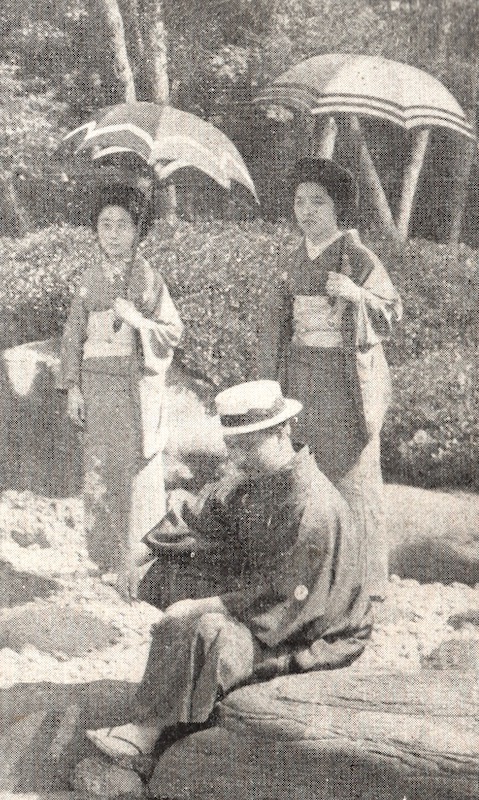
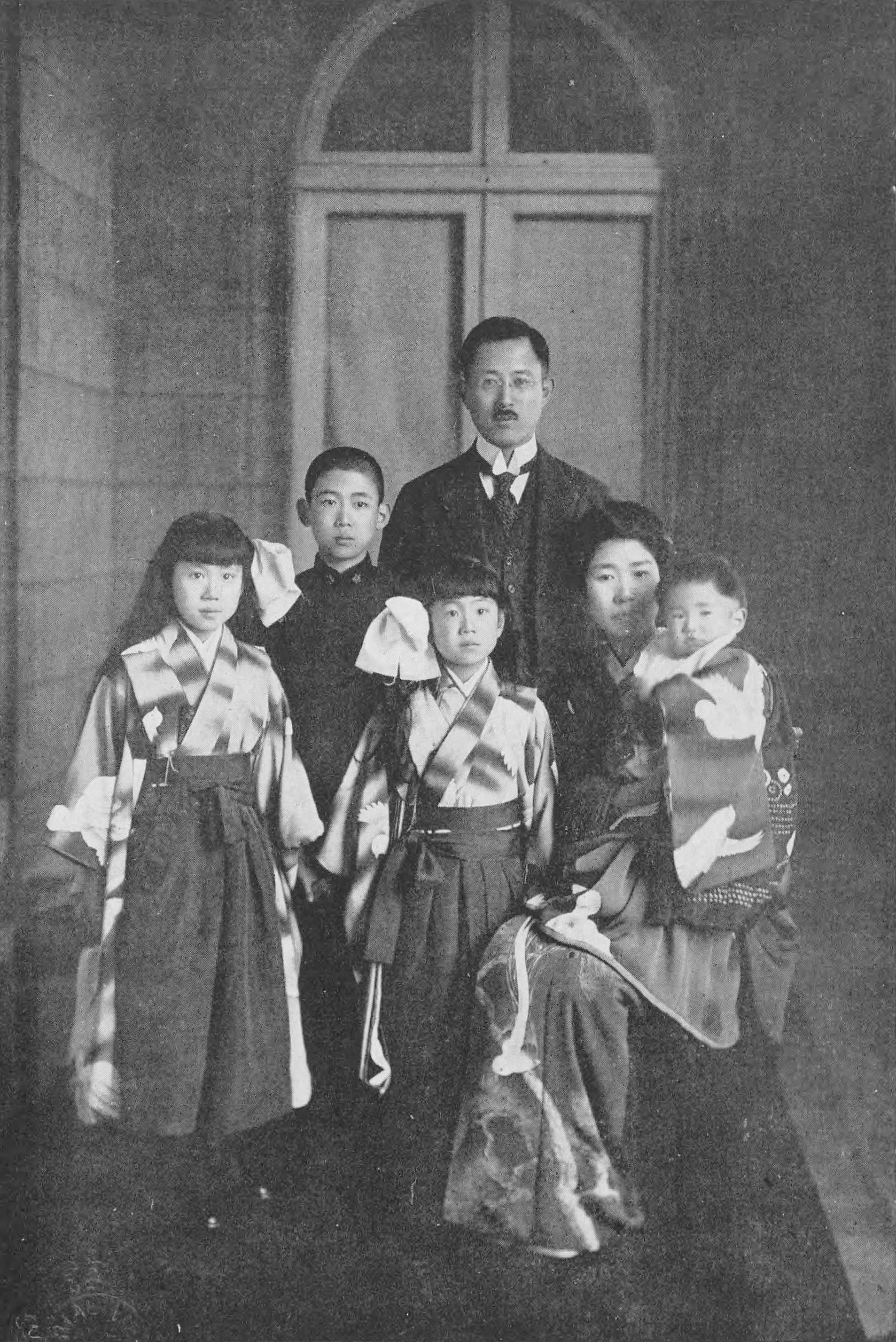
.jpg)

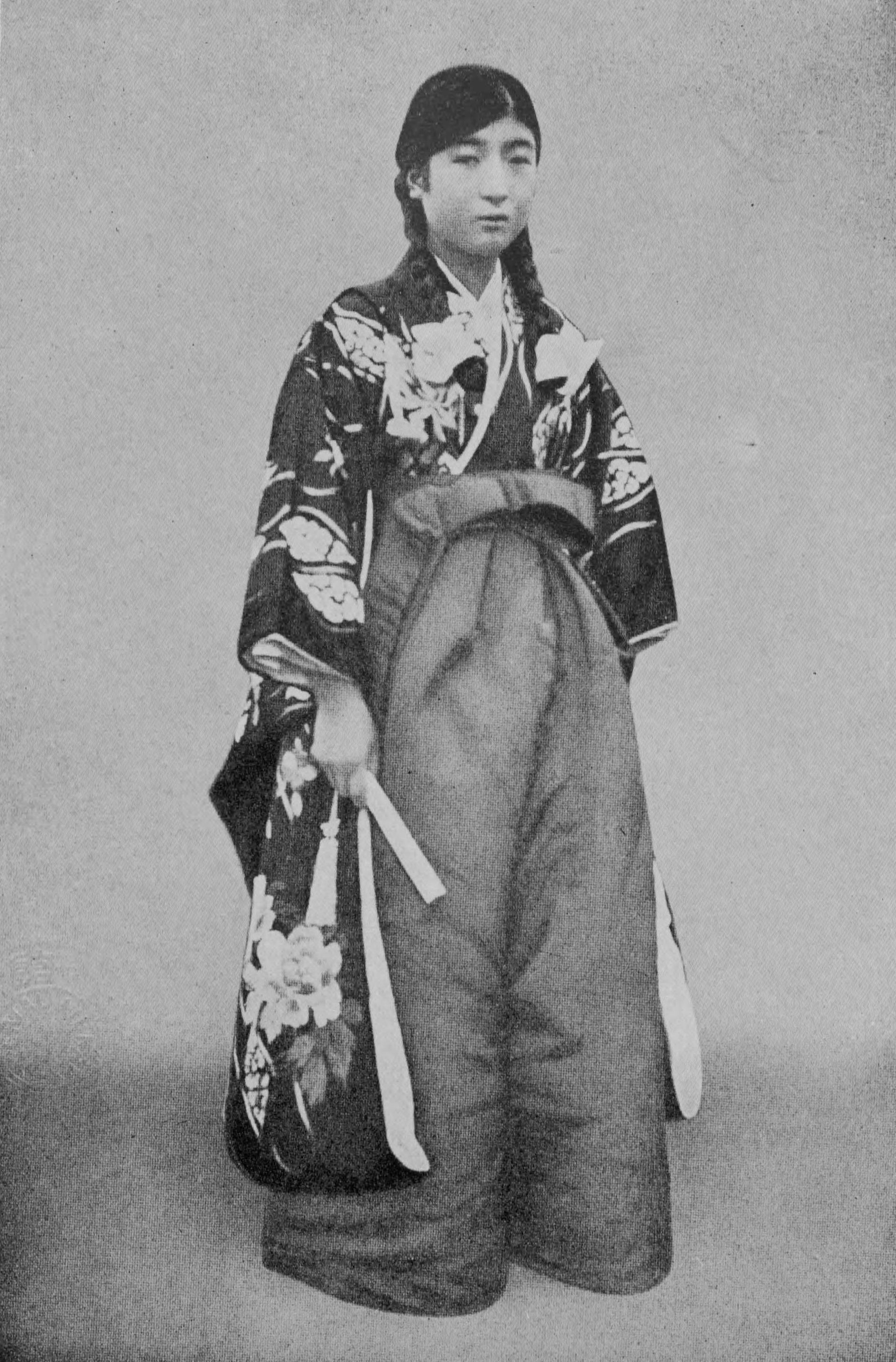


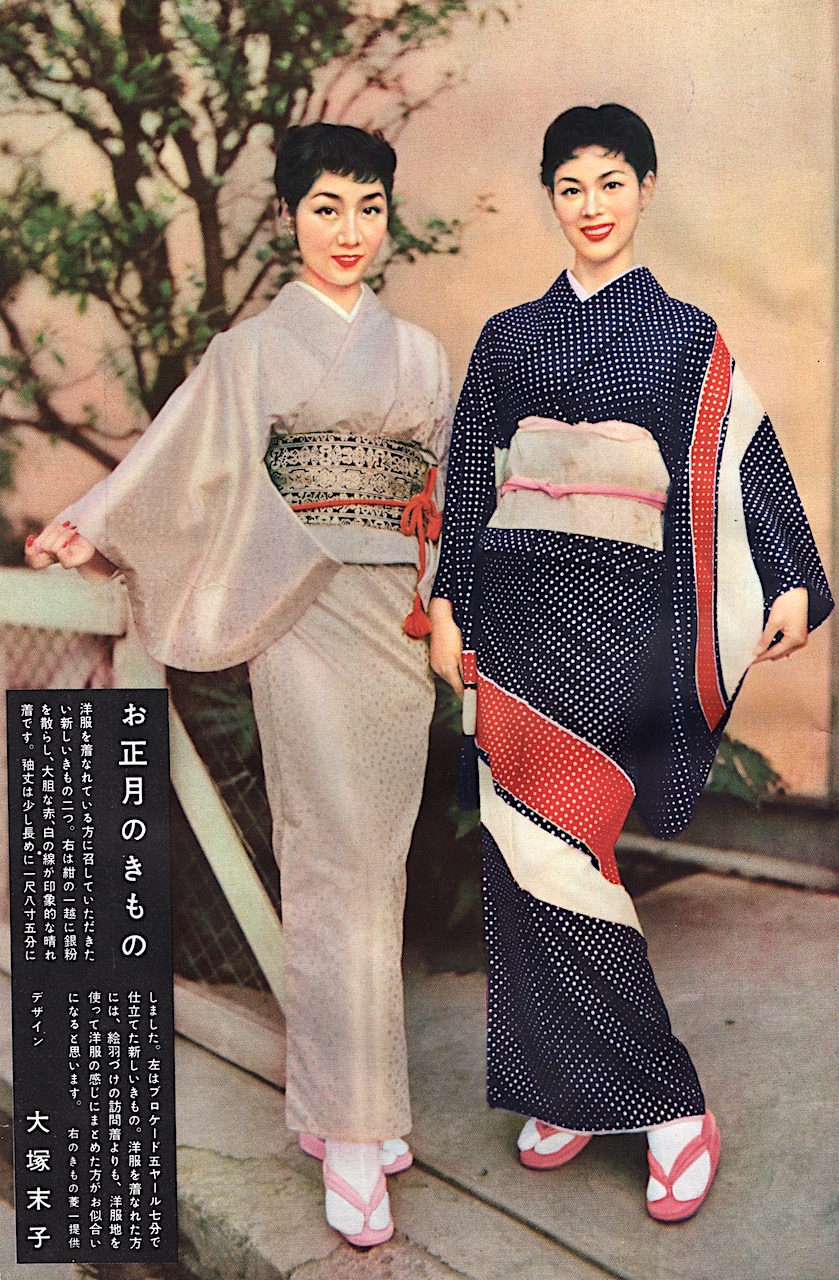


.jpg)
.jpg)
.jpg)
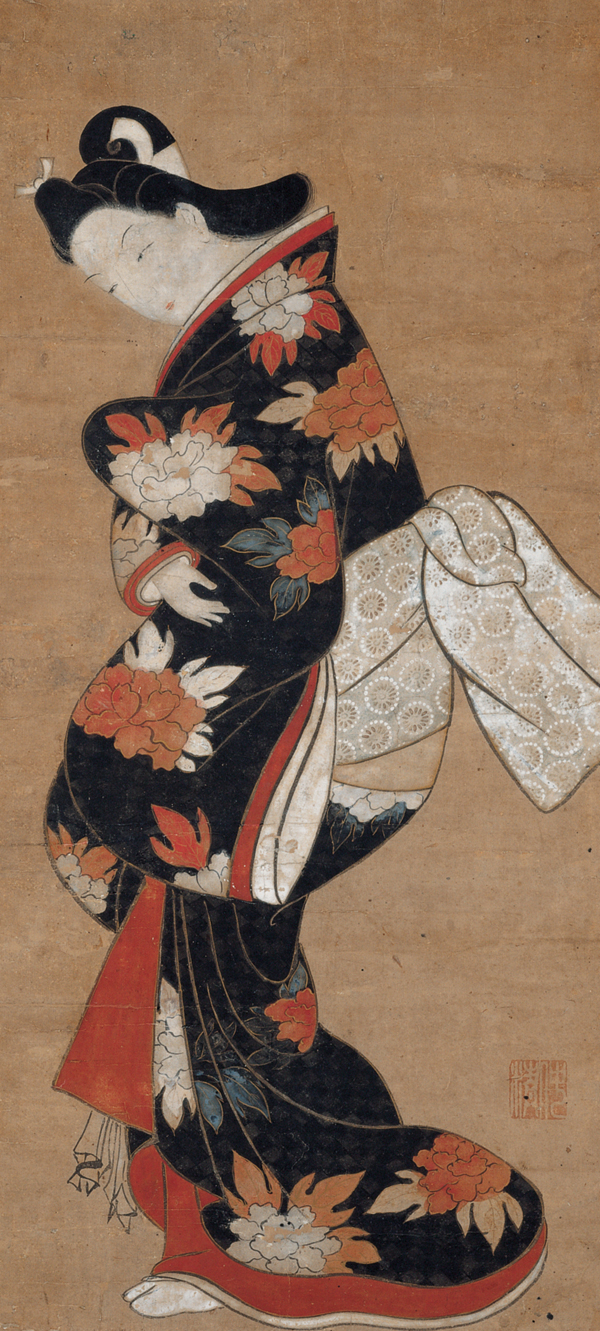







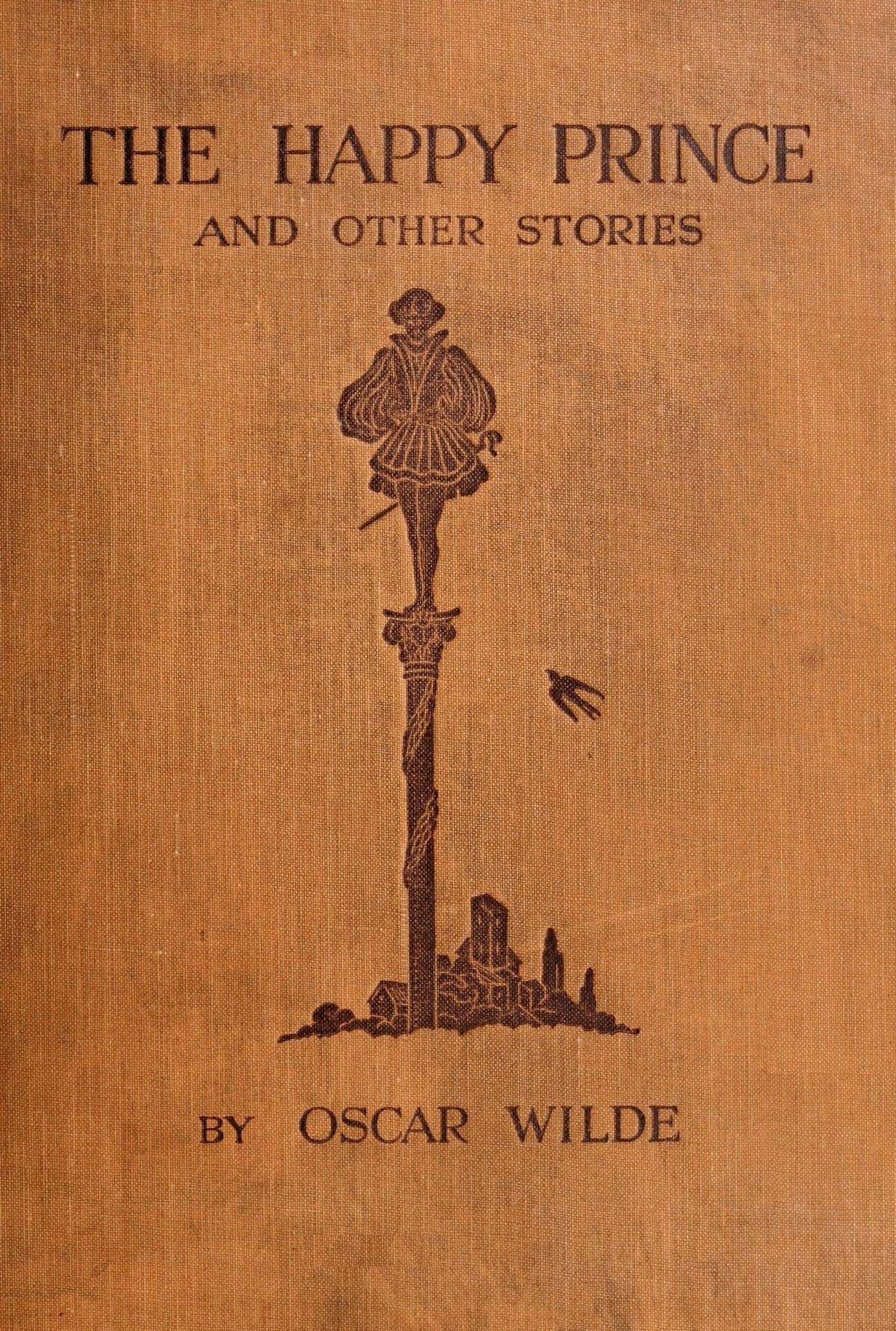
_or_later_-_Swallow_on_Flowering_Peach_Branch_-_1941.287_-_Cleveland_Museum_of_Art.jpg)




